Layback spin in figure skating: Technical Breakdown.
Posted by Paul Zaichik on
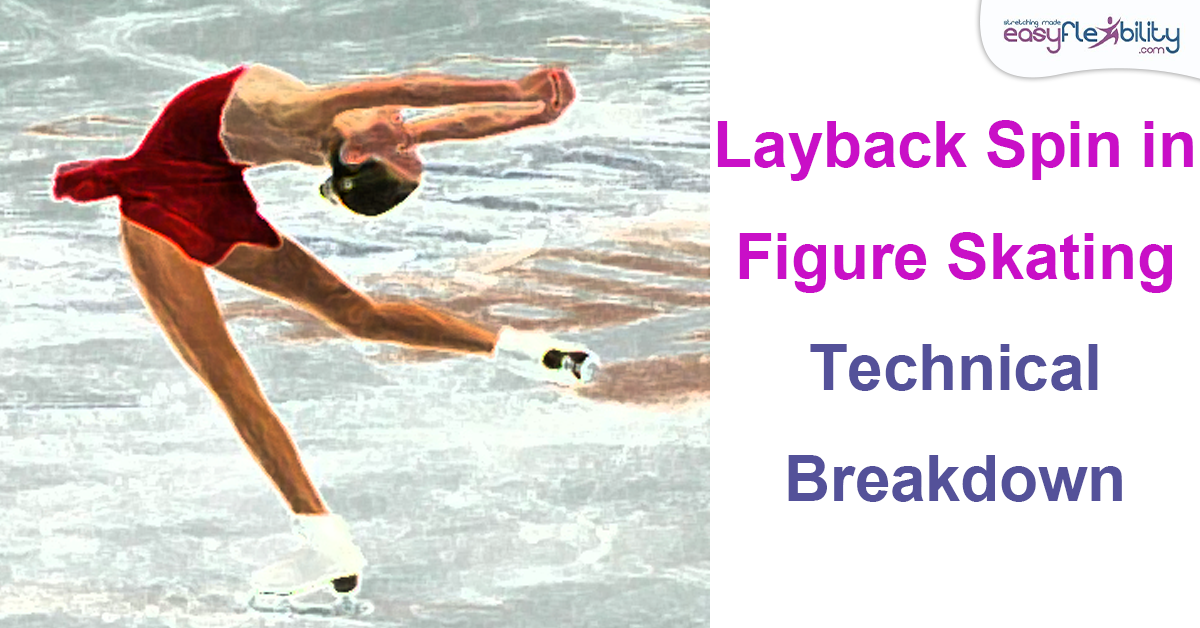
Layback Spin in Figure Skating: Technical Breakdown.
Layback Spin, is a Figure Skating technique that closely resembles an Arabesque or a Back Attitude in Dance. Let's take a look at biomechanical and kinesiological breakdown of this technique.
By bending backward, the distance from center of gravity to base of support is shortened. This increases the difficulty of the spin on a skater due to the centrifuge component. Additionally, as the body is bent backward and one of the legs is brought behind the skater in order not to fall backward, the hips have to move forward in front of the standing skate or supporting skate.
In biomechanical terms, the center of gravity is no longer where the hips are, but more back. In other words, if you are standing, your center of gravity is where your hips are. Your center of gravity must be over your base of support for you not to fall. But as the hips travel forward, the center of gravity moves back.
By bending backward, the distance from center of gravity to base of support is shortened. This increases the difficulty of the spin on a skater due to the centrifuge component. Additionally, as the body is bent backward and one of the legs is brought behind the skater in order not to fall backward, the hips have to move forward in front of the standing skate or supporting skate.
In biomechanical terms, the center of gravity is no longer where the hips are, but more back. In other words, if you are standing, your center of gravity is where your hips are. Your center of gravity must be over your base of support for you not to fall. But as the hips travel forward, the center of gravity moves back.
Arabesque & Attitude Derriere Strength & Flexibility
4 STEPS FROM EASIEST TO ADVANCED
This Arabesque & Attitude Derriere program will help you to improve your Arabesque and Back Attitude, steadily, safely, painlessly and quickly with the use of the Proprietary Zaichik Stretching Techniques and Supporting Exercises.
Kinesiology of the Layback Spin

Next the kinesiology of the layback spin. Kinesiologically, there is a great stretch on the flexors of the core, which are the Rectus abdominis, obliques and Psoas minor. The same muscles that are being lengthened also must contract. The reason for that is because they are holding up the torso from falling. However, because this is an active technique and not a stationary technique, a lot of other muscles around the core will still be contracting. Sometimes on and off to keep the body in proper position. And thus, both strength and flexibility of the core flexors is important here. As well as strength and awareness of other core muscles.
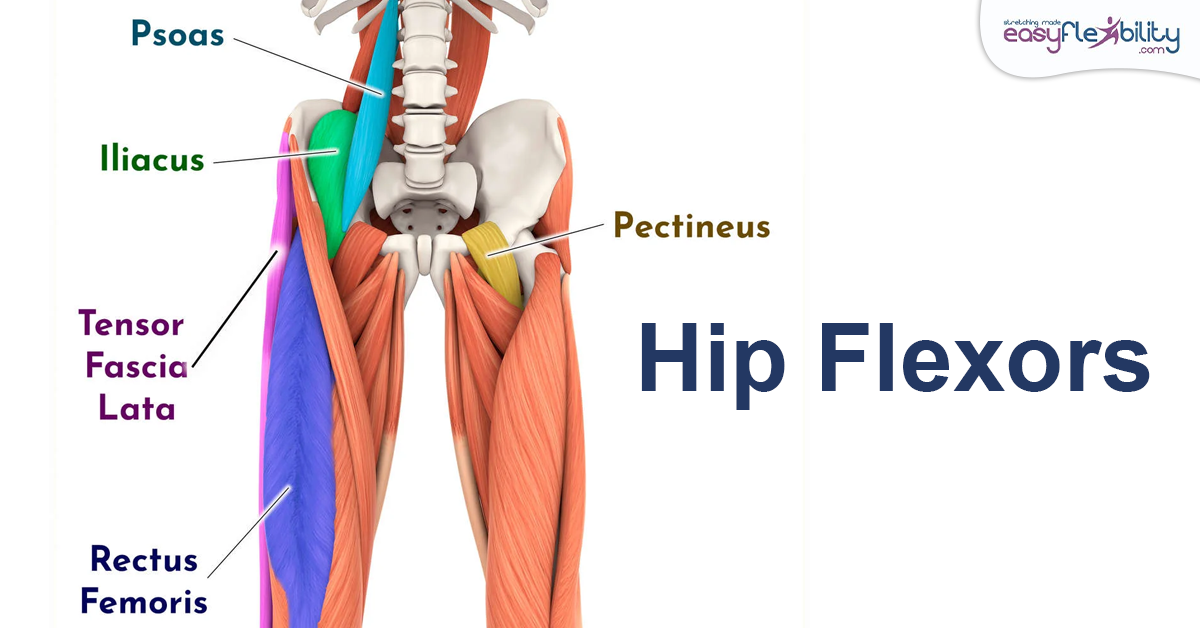
Layback spin is unique in the amount of flexibility that is required from the hip flexors and adductors. When the hip moves forward in front of the standing skate, there is a great stretch on all six hip flexors. And the four adductors, which also flex the hip. Just like with the flexors of the core, the hip flexors and the adductors are stretched. And yes, they must contract so that the body doesn't fall back and down at the hip level.
Additionally, because the skater is standing on one leg, the glutes and abductors are slightly stretched. And must contract as stabilizers. Of course, all the muscles of the leg also assist in stabilizing. Since this is a dynamic figure skating skill.
Now the back leg is a little different. The adductors and hip flexors are also stretched, just like on the supporting leg. But it is the glutes and the hamstrings that contract to keep the leg up.
If you want to master the layback spin, we recommend working on the Arabesque and Back Attitude program. If, on the other hand, you have very good flexibility either in your core or your hip flexors, but not both. You can separately work on your core flexibility, or you can work on your hip flexor flexibility.
Additionally, because the skater is standing on one leg, the glutes and abductors are slightly stretched. And must contract as stabilizers. Of course, all the muscles of the leg also assist in stabilizing. Since this is a dynamic figure skating skill.
Now the back leg is a little different. The adductors and hip flexors are also stretched, just like on the supporting leg. But it is the glutes and the hamstrings that contract to keep the leg up.
If you want to master the layback spin, we recommend working on the Arabesque and Back Attitude program. If, on the other hand, you have very good flexibility either in your core or your hip flexors, but not both. You can separately work on your core flexibility, or you can work on your hip flexor flexibility.
Arabesque & Attitude Derriere Strength & Flexibility
4 STEPS FROM EASIEST TO ADVANCED
This Arabesque & Attitude Derriere program will help you to improve your Arabesque and Back Attitude, steadily, safely, painlessly and quickly with the use of the Proprietary Zaichik Stretching Techniques and Supporting Exercises.
Back Bending Beginner Program
Beginner Level - Online On-Demand Video Training Program
Developing and maintaining good Back Flexibility is an important factor in many sports. It’s no wonder that people who can do this position well are known as having ‘cat-like’ grace. There’s something very impressive about being able to demonstrate such level of agility.
Hip Flexors Strength & Flexibility Program
Beginner/Intermediate Level - Online On-Demand Video Training Program
Back pain? Bad Posture? Weak Glutes? Look at your hip flexors!
Many people attempt to "stretch the psoas" just because it hurts, or because it seems to be fashionable these days... what if psoas is suffering because of other muscles not working properly? What if we have to strengthen it instead of just stretch it? What if it is not Psoas that is the problem at all?
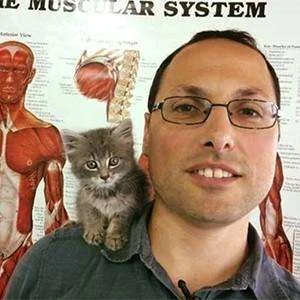
About the Author:
Paul Zaichik is an Exercise Science Expert, author of multitude of books, and the creator of Zaichik Stretching Technique (formely known as Kinesiological Stretching Technique). His speciality is flexibility training as well as body weight conditioning. His innovative method is designed to have maximum carry over into specific athletic techniques. Paul is the author of books and DVD’s on the topic of flexibility, martial arts and bodyweight training. Over the years, Paul Zaichik has worked with a variety of individuals including athletes, entertainers, and military personnel. His ElasticSteel Method of Athletic Conditioning programs, EasyFlexibility Programs and Zaichik Stretching Techniques are used world wide by both professional and amateurs with great success.
© ElasticSteel Corp., EasyFlexibility, Paul Zaichik, et. El., 2022. No part of the materials available through ElasticSteel.com, EasyFlexiiblity.com, site may be copied, photocopied, reproduced, translated or reduced to any electronic medium or machine-readable form, in whole or in part, without prior written consent of Paul Zaichik EasyFlexibility.com, Elasticsteel.com.. Any other reproduction in any form without the permission of Paul Zaichik EasyFlexibility.com, Elasticsteel.com is prohibited. All materials contained on this site are protected by United States copyright law and may not be reproduced, distributed, transmitted, displayed, published or broadcast without the prior written permission of Paul Zaichik, EasyFlexibility.com, Elasticsteel.com.
Share this post
- 0 comment
- Tags: back bending, back extension, Back flexibility, backbending, figure skating, kinesiological stretch, kinesiological stretching, layback spin, stretch, time stretching
0 comment



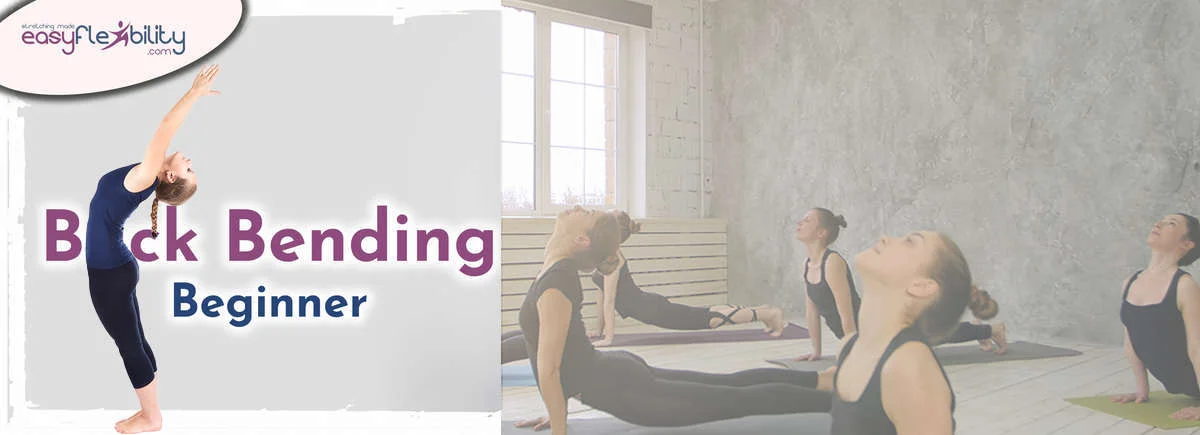

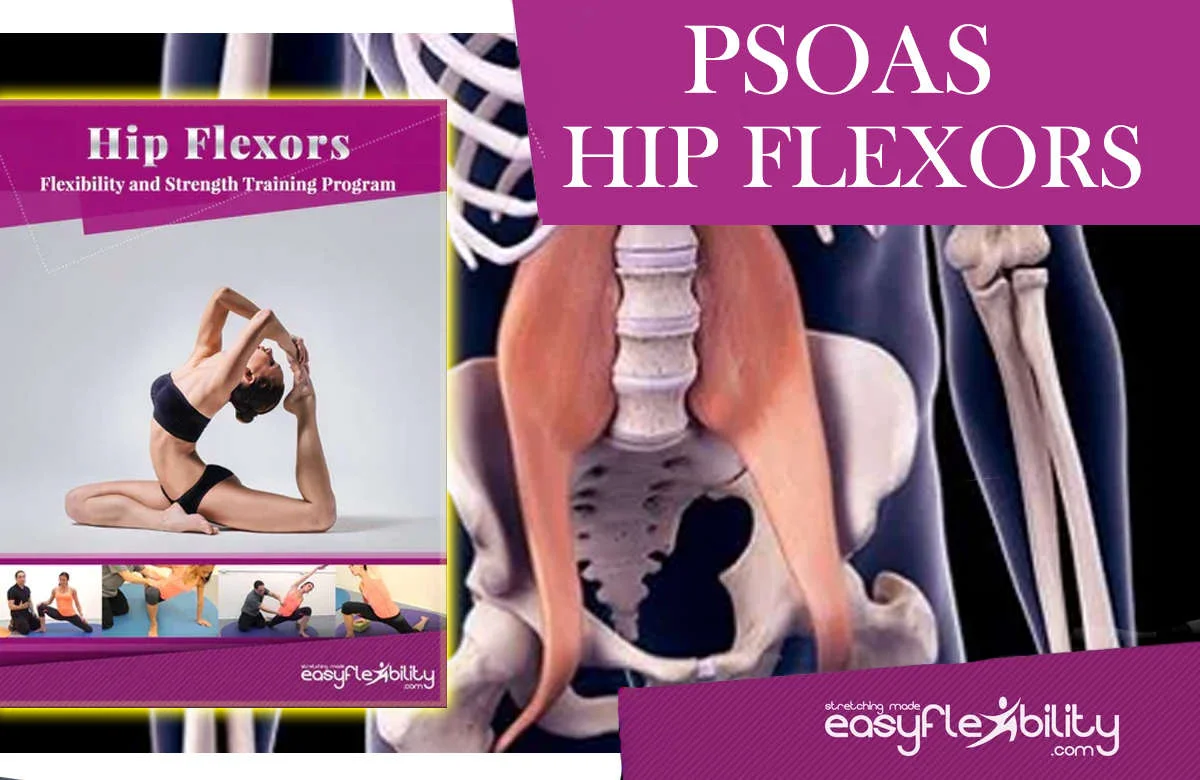

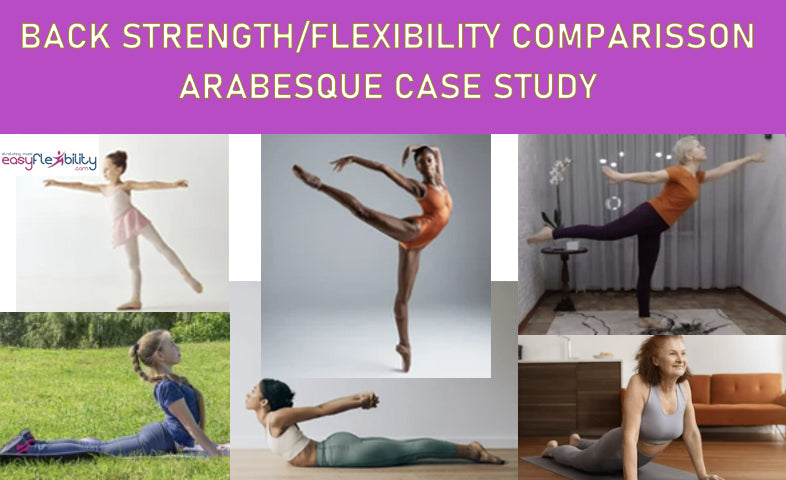
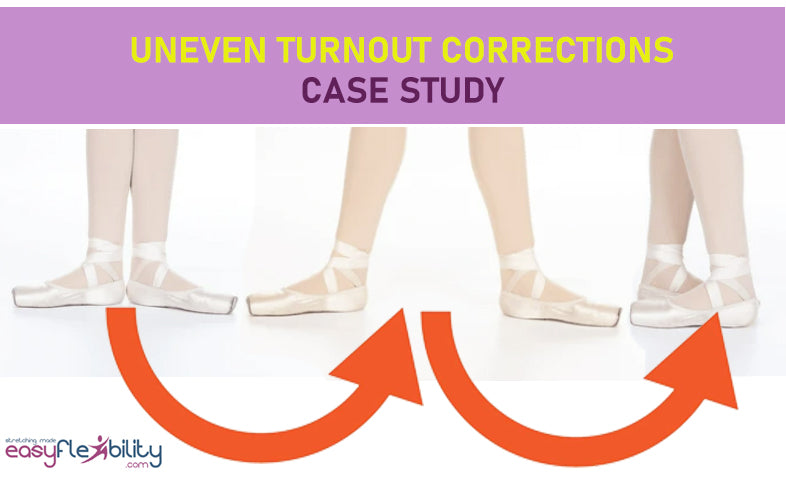
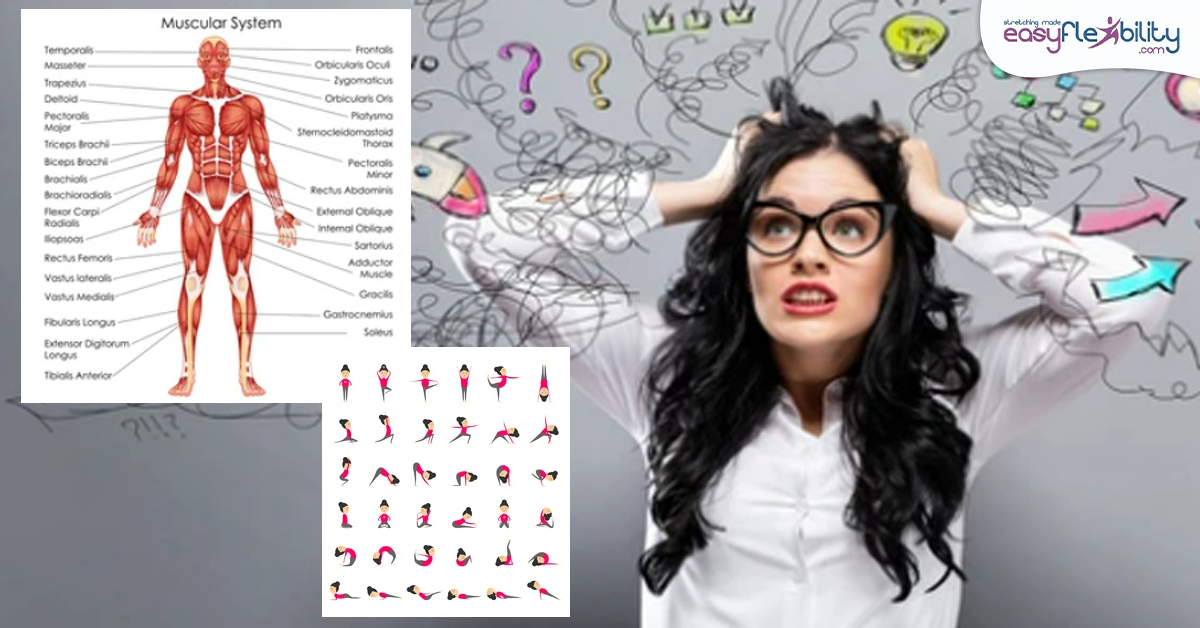
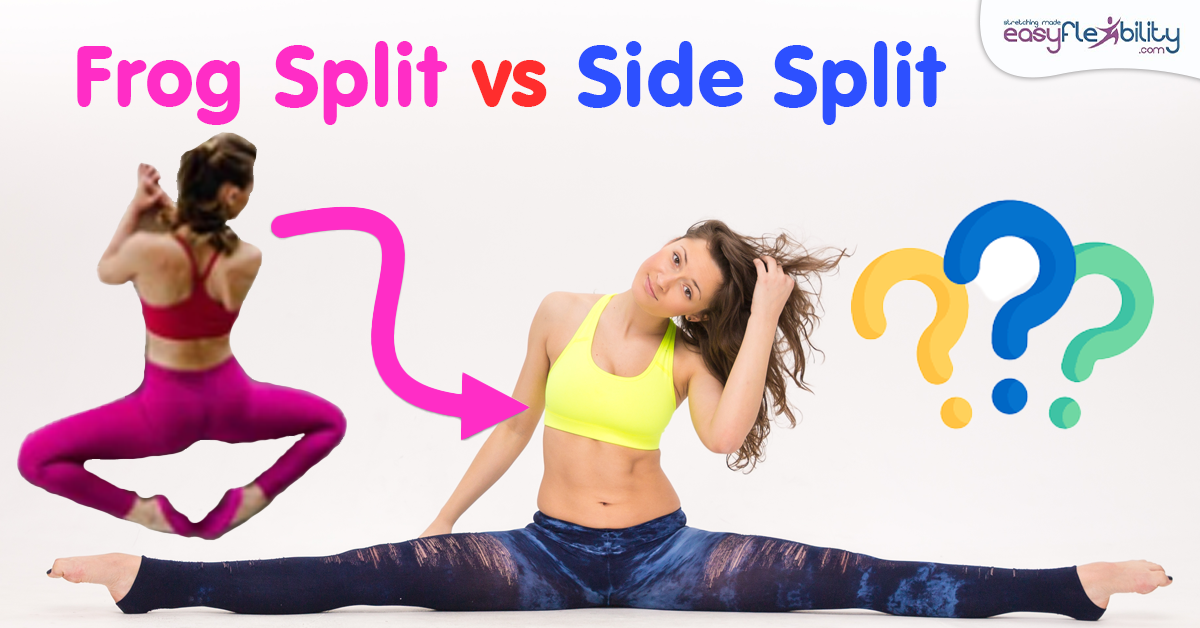
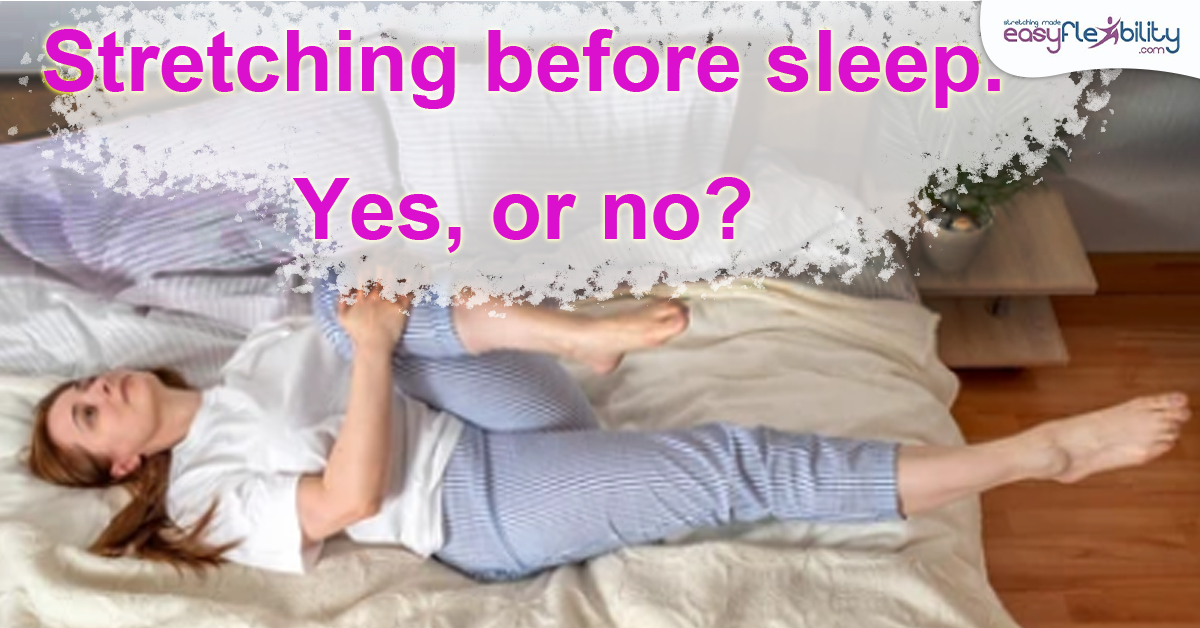
![Flexibility Training Program: Is it most beneficial standalone or with other fitness activities? [Case Study]](http://www.easyflexibility.com/cdn/shop/articles/336650424_545202031087374_5213276437981439590_n.png?v=1679586503)